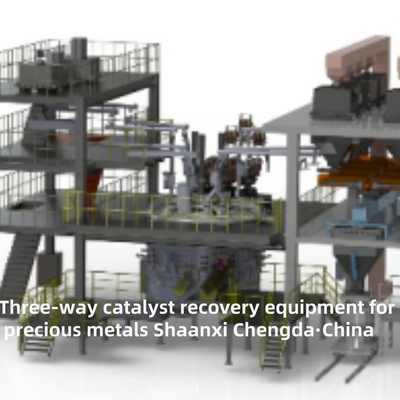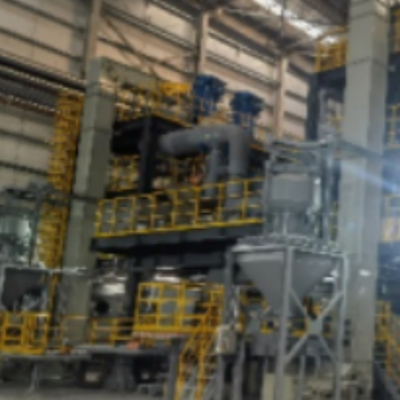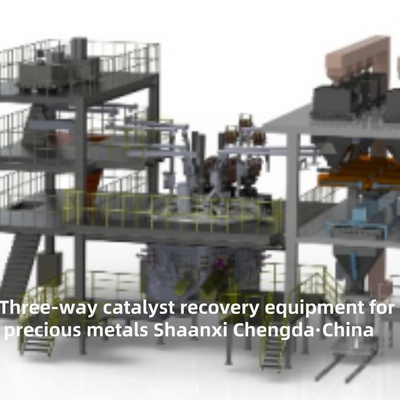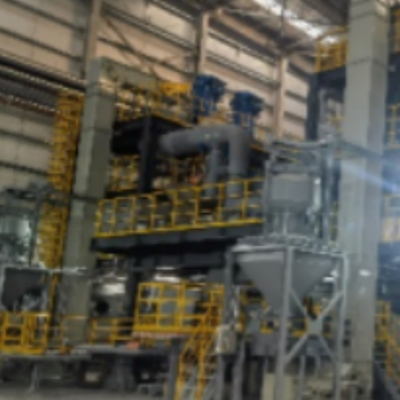-
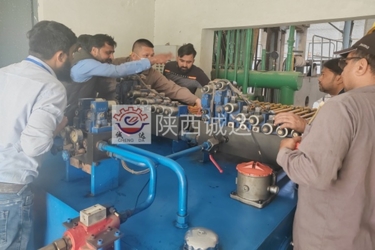 Syed Rashid Ahmed ButtShaanxi Chengda Industrial Furnace Co., Ltd. completed the commissioning of electric arc furnace, the workers carefully cooperated with Chengda engineers to learn and operate the equipment, showing the deep friendship and excellent cooperation between the people of China and Pakistan.
Syed Rashid Ahmed ButtShaanxi Chengda Industrial Furnace Co., Ltd. completed the commissioning of electric arc furnace, the workers carefully cooperated with Chengda engineers to learn and operate the equipment, showing the deep friendship and excellent cooperation between the people of China and Pakistan. -
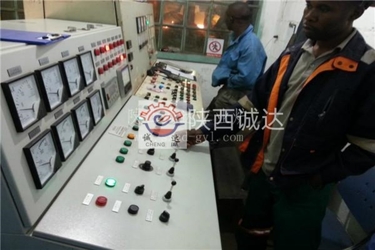 AboubacarAfter more than 1 month of intense production and debugging, 2 sets of heat exchange flue gas settling chamber equipment has been successfully put into operation ~ All the personnel involved in the project have worked hard! ~
AboubacarAfter more than 1 month of intense production and debugging, 2 sets of heat exchange flue gas settling chamber equipment has been successfully put into operation ~ All the personnel involved in the project have worked hard! ~ -
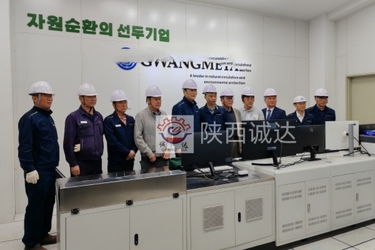 Ji-hwan【 Warm congratulations 】 Shaanxi Chengda Industrial Furnace Manufacturing Company in South Korea, North Chungcheong County precious metal smelting furnace equipment installation and careful manufacturing and strict commissioning, looking forward to the future in more fields to achieve mutually beneficial win-win cooperation!
Ji-hwan【 Warm congratulations 】 Shaanxi Chengda Industrial Furnace Manufacturing Company in South Korea, North Chungcheong County precious metal smelting furnace equipment installation and careful manufacturing and strict commissioning, looking forward to the future in more fields to achieve mutually beneficial win-win cooperation!
TOP1 Three Way Catalyst Recovery Equipment For Precious Metals
| Place of Origin | Shaanxi, China |
|---|---|
| Brand Name | Shaanxi Chengda |
| Certification | ISO9001 |
| Model Number | Three-way catalyst recovery equipment for precious metals |
| Minimum Order Quantity | 1set |
| Price | The price will be negotiated based on the technical requirements and supply scope of Party A |
| Packaging Details | Discuss according to the specific requirements of Party A |
| Delivery Time | 2 months |
| Payment Terms | L/C,D/A,D/P,T/T,Western Union,MoneyGram |
| Supply Ability | Complete production supply chain, supply on time, and meet quality standards |

Contact me for free samples and coupons.
WhatsApp:0086 18588475571
WeChat: 0086 18588475571
Skype: sales10@aixton.com
If you have any concern, we provide 24-hour online help.
x| Highlight | Three Way catalyst machine,catalyst machine Three Way,Three Way Catalyst Equipment |
||
|---|---|---|---|
TOP1 three-way catalyst recovery equipment for precious metals
Application of equipment:
This equipment is used to receive TBRC slag, waste catalyst, flux, FeSi alloy, etc. from the upper section, and reprocess the slag products from the primary smelting step to achieve the best recovery rate.
Product overview and structural features:
1) Select a fixed furnace body, semi-closed combined furnace cover;
2) Adopt fully water-cooled copper-steel composite conductive transverse arm;
3) The short-net design uses the three-phase electrode triangle connection method, which has good short-net compensation, low impedance, low three-phase unbalance coefficient, high power factor and significant power-saving effect;
4) The use of new water-cooled cable technology and forged copper shingles, water-cooled cable and copper pipe connection selection of button-type connection, which can reduce the contact resistance;
5) Adopt full hydraulic lock, the electrode lifting adopts hydraulic proportional valve control lifting, combined with PLC control, improve the operation rate of the electrode system;
6) Multi-point feeding in the furnace, to achieve continuous uniform distribution, automatic control of the amount of material;
7) Magnesia-chrome bricks/aluminum-chrome bricks are used in the furnace inner lining, the bricks at the bottom of the furnace, the bricks at the bottom of the arch and the slag line, and the copper water jacket is used for strong water cooling at the slag line. The double water jacket design is used in the slag line to effectively guarantee the service life of the refractory materials in the furnace (2 years warranty for the side wall in contact with the molten liquid, 6 years warranty for the side wall in non-contact with the molten liquid, and 6 years warranty for the bottom of the furnace);
Equipment composition:
The mechanical system is mainly composed of furnace body and copper water jacket, furnace bottom air cooling system, semi-enclosed furnace cover, electrode lifting system, smoke collecting system, short mesh system, hydraulic system, cooling water system, blanking system, mixing station, iron and slag extraction system, operating steel platform, mixing and blanking steel platform, furnace lining, etc. Electrical equipment is mainly composed of electric furnace transformer, high voltage switchgear, low voltage control equipment and automatic control system of electric furnace.



